Described as the Runners Up in the Ladies Munitionette Cup held on 18th May 1918, these ladies would have also made a valuable contribution to the World War I industry. The team is also named.
Back row: Emily Milner, Amelia Farrell, Greta Kirk, Violet Sharples.
Front row: Elizabeth Powell, Mary Mohan, Mercy Page, Winnie McKenna, Gladys Reece, Florence Short, Anne Wharton.
Joyce Henry tells us: ”This picture shows my Grandma Elizabeth Powell; she later became Freeman.” Whilst Paul Boden tells us: ”I have the same photograph and the information I have is that the lady that is seated second from the right is Florence O Hanlon (nee Short) Florence was the younger sister of William Henry Short VC. Florence and William were first cousins of my mother Caroline Boden (nee Short).” Sylvia Fairbrass advises: “When Florence O’Hanlon (nee Short) writing in the Steel News in December 1971, put names to the team she played for and in no particular order: Winnie McKenna (Captain) who played for England, Florence Short aged 24, Mrs Cheney Forewoman at Cleveland Works, Maggie Briggs, Nurse Hall
Mrs Murphy, Mrs Leach and her daughter Miss Leach, Lizzie Powell, Miss Harrison, don’t know. She said the Team Trainer was Ralph Dixon. I am researching Florence and her brother William for a film we are making on William Short VC. It would be nice to have full names and positions played. I also require a more recent photo of Florence. Can anyone help?” Jacquelyn Barnett (nee Farrell) comments: “Amelia Farrell was my nana.” Arthur Hammond advises: ” My mother Mercy Page, married my father Joseph Hammond a former Marine throughout World War I. Unfortunately other than the photograph, which I have had for many years, I have no other information. At 82 (in 2018), I am the youngest of five, we resided in Teesville, my elder brother John (Jack) and sister Rita (Murphy) passed away some years ago. our Sister Mercy Dawn (nee Hammond) resides in Calgary in Canada. My older brother Joseph Peter Hammond, former Chairman of Guisborough Sea Cadets for many years might be able to give you more detailed information. The photograph has always been a link to the origins of myself and my eldest son’s deep interest of playing and coaching Football. Many years ago on the rare occasion that my eldest brother Jack (O.B.E) spoke about our mother playingfFootball, he inferred that she had played for the England Team of that time. True or false I do not know. Some years ago I passed this photograph on to the then, Ladies National Coach, and recently sent a copy to the FA at St Georges Park to encourage celebrating a 100 years of Women’s Football, the photograph is now with Professor Williams (Ladies Sports Researcher) at Wolverhampton University. You may possibly hear from her as she inquires into the founders and original teams of Ladies Football; very few people realize just how dominant Ladies Football was. My mothers brother, Nelson Page, was in his working life the Skipper of Smiths Dock Launch on the River Tees, along with her Sister Phyllis (Hinds) we all lived in Teesville, her brother Bill Page lived in South Bank. Kind Regards, Arthur (Arty) Hammond. Former FA Tutor.” Professor Jean Williams contacted the Archive with: “Hello researchers, Prof Jean Williams here. Do we have any more updates since 2018 on when/ how the team began and then were dismantled? I’d be very happy to hear more of your research into individuals and the business model.”
Image courtesy of the Pem Holliday Collection, identification via ”Grangetown in Times Past”; thanks to Joyce Henry, Paul Boden, Sylvia Fairbrass, Jacquelyn Barnett, Martin Peagam, and Arthur (Arty) Hammond for the updates. Can anybody assist with Professor Jean Williams enquiry.
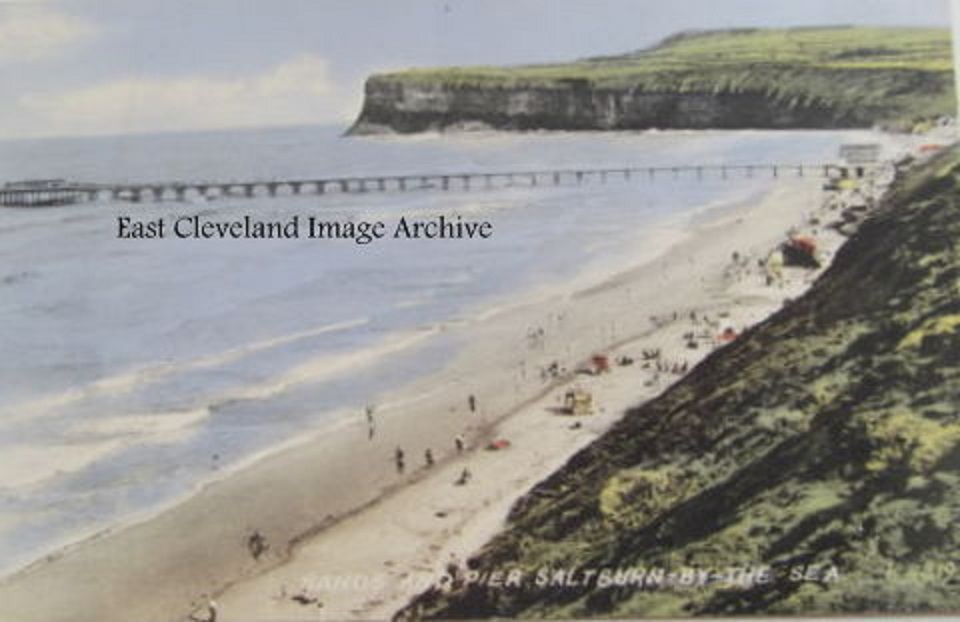

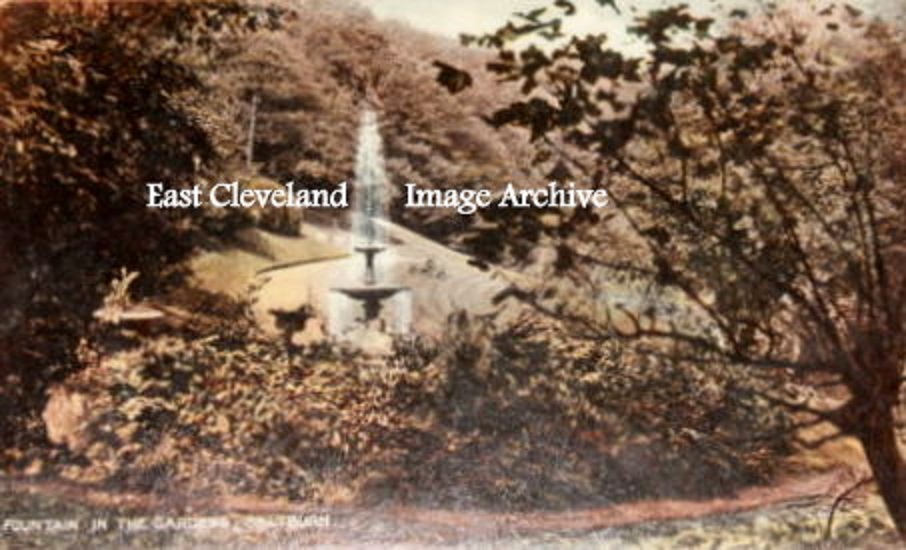
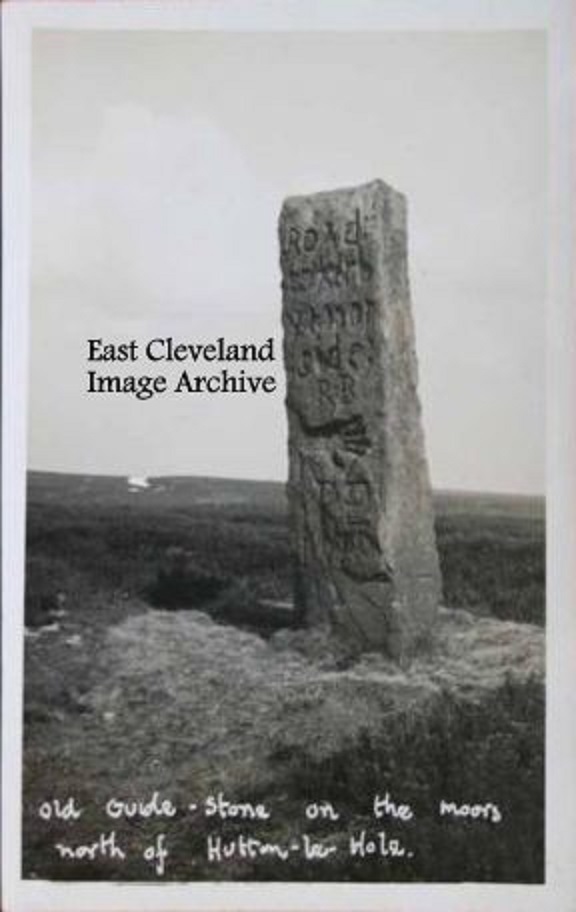
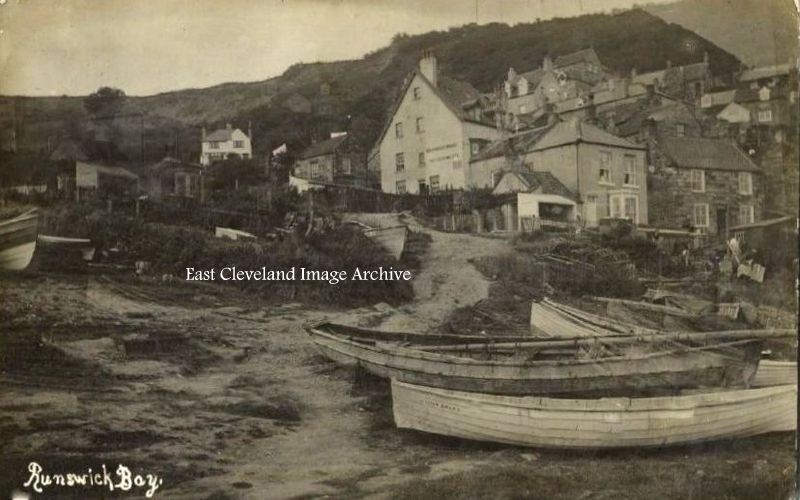

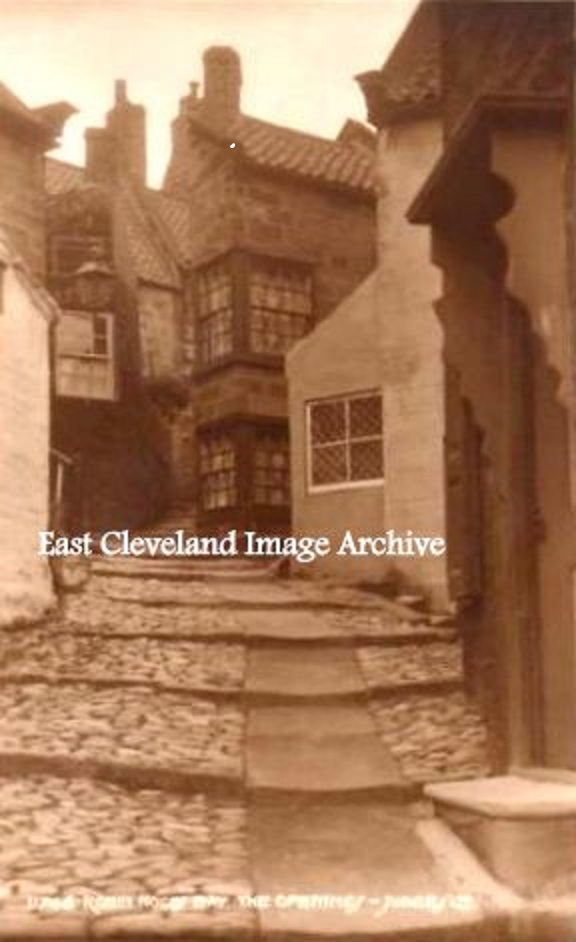
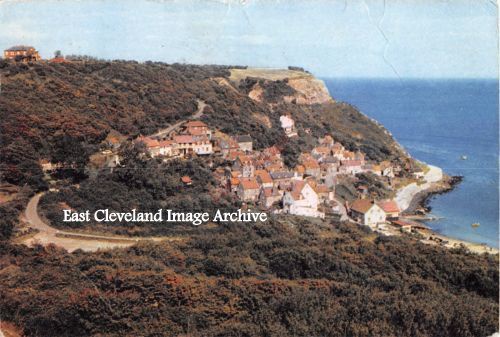
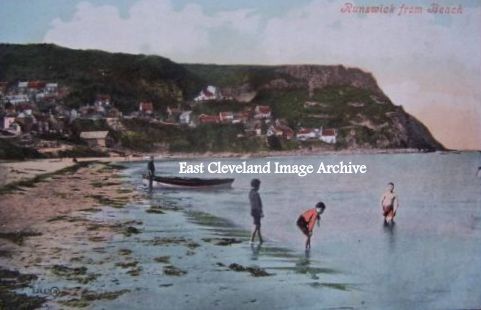
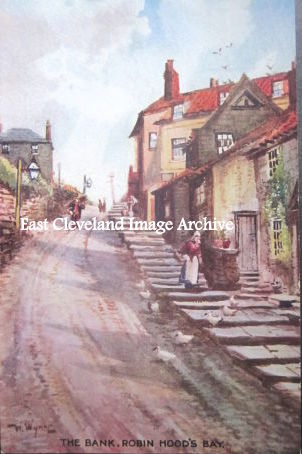
Recent Comments